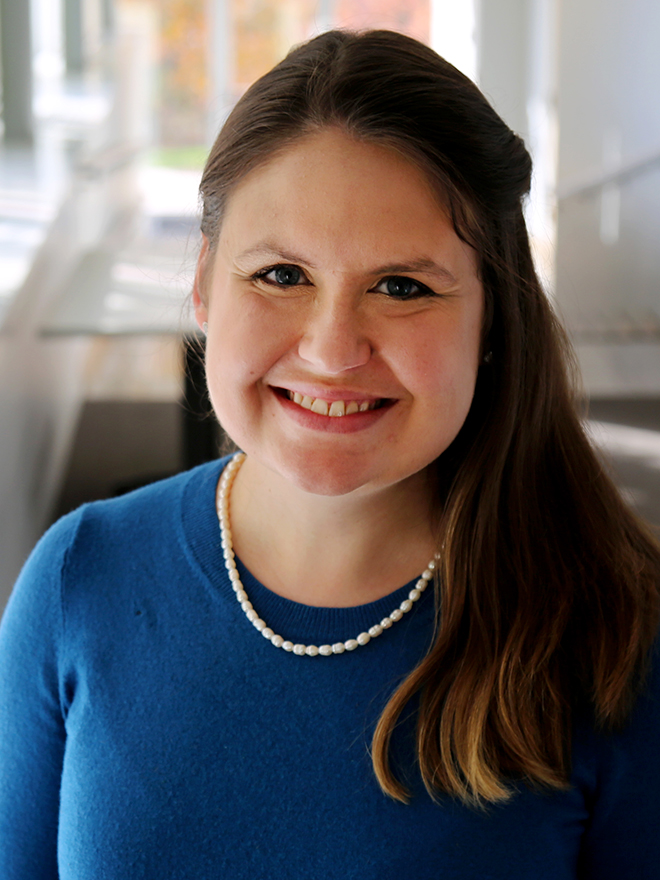
For Sarah Leonard, MA COEX/MS GHPM’19, disaster response has always been her passion. Growing up in Galveston, Texas, which routinely weathers seasons of hurricanes, she learned firsthand the importance of public health preparedness. She sought a career where she could address crises and support communities during their most vulnerable moments. Today, Leonard is part of the U.S. Centers for Disease Control and Prevention’s (CDC) Public Health Associate Program. She is currently completing her training program placement at the National Association of County and City Health Officials (NACCHO), a nonprofit organization that represents nearly 3,000 local public health departments across the country.
How have you been addressing the COVID-19 pandemic in your role?
I just completed seven weeks on COVID-19 response as part of NACCHO’s Incident Command Structure (ICS). I was part of the operations task force working with NACCHO’s membership engagement department. NACCHO’s ICS collaborates with other Incident Command Structures across the country, bringing together federal, state, and local agencies to make sure there’s a cohesive response.
Part of my work was to monitor feedback from local health departments that were asking for support and information. We also received messages from concerned citizens asking about testing facilities and other questions, and we’d steer them to the right place.
The other part of my work was updating a database where local health departments could get the most up-to-date resources. I’d collect everything that had been published that day from our federal partners — from the FDA [Food and Drug Administration] to HHS [Health and Human Services] to the CDC — and combine that guidance with resources from health departments at the forefront of the epidemic, including King County, Washington, and New York City, and publish a daily resource digest. We constantly updated it with best practices and resources, including relevant webinars that ran the gamut from PPE [personal protective equipment] to how to handle outbreaks at retirement facilities. There were hundreds of things that you wouldn’t even necessarily think about until someone asks about it, such as guidance for food inspectors or jails.
You’re catching me during a good week [to do this interview] as I’m cycling out of the response—I’m sure in a few weeks I’ll be back on the response team and really busy again. People typically cycle in and out a month at a time, because the work can be very intense, and they don’t want you to burn out.
How does your COVID-19 response work differ from your usual responsibilities?
My day-to-day work also focuses on public health preparedness. One project I’m working on with my team is a recognition program called Project Public Health Ready, which evaluates how well local health departments plan for crises. Another project is based on a quantitative survey of nearly 1,000 health departments that asked them about their preparedness and concern for manmade and natural disasters, from snowstorms to the opioid epidemic. We randomly selected departments across the country to conduct qualitative interviews, and we are planning to have focus groups at our conference later this summer.
How has Heller prepared you for your work today?
I went back to graduate school to work in disaster response and public health preparedness, so this is a good fit for me. I enjoy feeling like I’m making a difference. Coming from Galveston, being directly impacted by Hurricanes Rita and Ike, and having family live through Harvey, the feeling of not being so helpless and being able to contribute to a resolution or cure in some way has been empowering.
In a situation like this, I’m seeing the value of my dual degrees in conflict resolution and coexistence, and global health policy and management. If you’re watching the news on a daily basis, you see the importance of good public health policy, but you also see the conflicts that arise among competing states, health departments, and more. There are so many competing needs, and it’s important to figure out how they can work well together.
